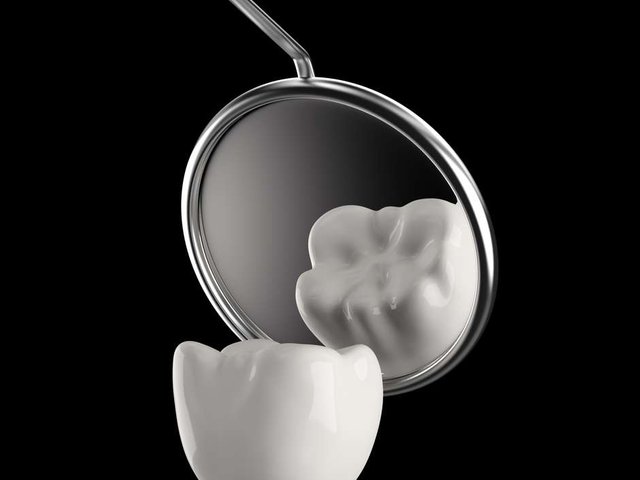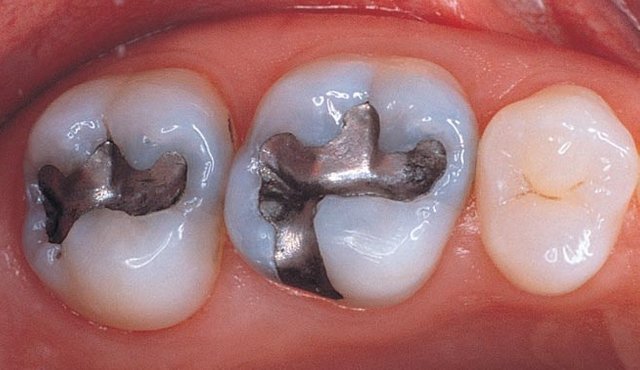Restorations made of amalgam can cause problems in the nervous system, kidneys, brain, and heart.
A study by the University of Georgia in the United States found that restorations made with amalgam (that ash) can increase levels of mercury in the blood. This fact worries that the presence of this substance in the body, depending on its dose, can cause problems in the brain, heart, kidneys, lungs and in the immune system.

The good news is that today the amalgam is falling into disuse. There are already other materials recommended for making dental restorations such as composite resin and porcelain.
The study looked at about 15,000 people and found that those who had more than eight restorations with this material were able to present up to 150% more mercury in the blood compared to those that had no restoration. The amalgam is composed largely of mercury, in addition to silver (hence the silvery color), tin and other materials.
Other ways

The good news is that today the amalgam is falling into disuse. There are already other materials more recommended for making dental restorations such as composite resin and porcelain.
These materials quietly replace, without pain in the conscience, the amalgam. The resin, already used for more than 20 years, has an indisputable quality and porcelain is a highly aesthetic and long-lasting material.
The downside of porcelain is its high cost, although it has a much better aesthetic result and a longer durability than the resin. As for the execution time (placement), we can say that they are similar for the two materials.
The restoration with composite resin is carried out in a single consultation, and the porcelain restoration, until recently, was done only in the prosthesis laboratory and it took up to 3 consultations to finish the work. However, today there is the "Cad Cam", an equipment that allows the dentist to perform porcelain restorations in his own office, allowing the end of the work also in a single session